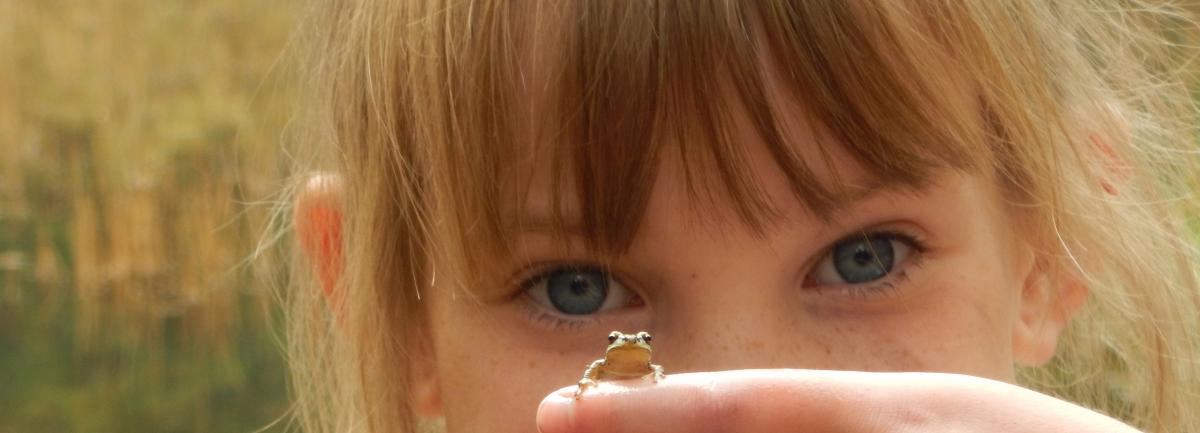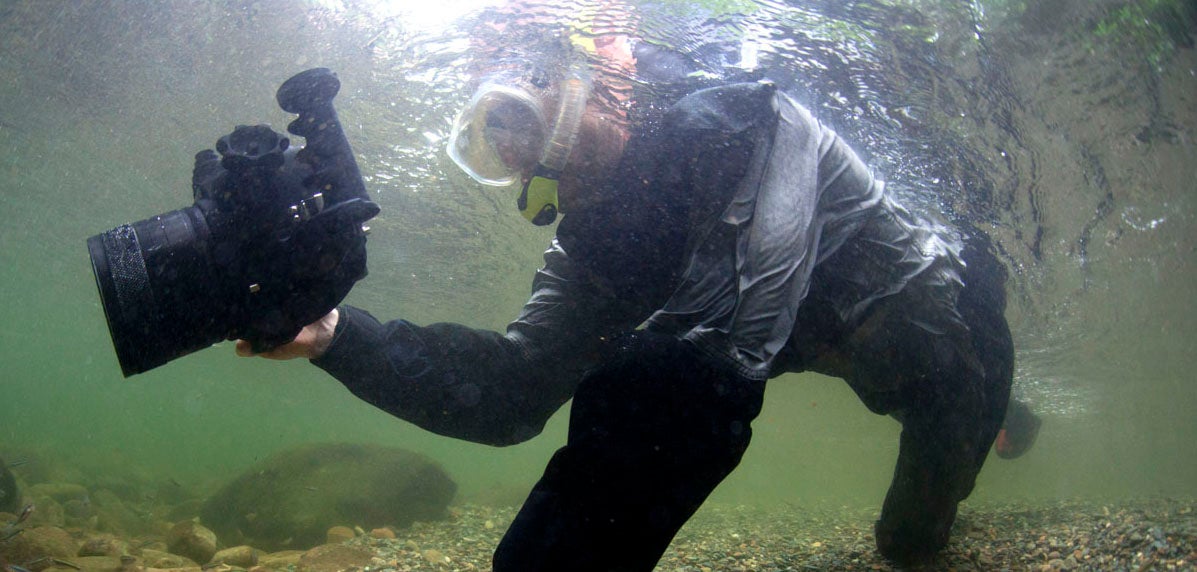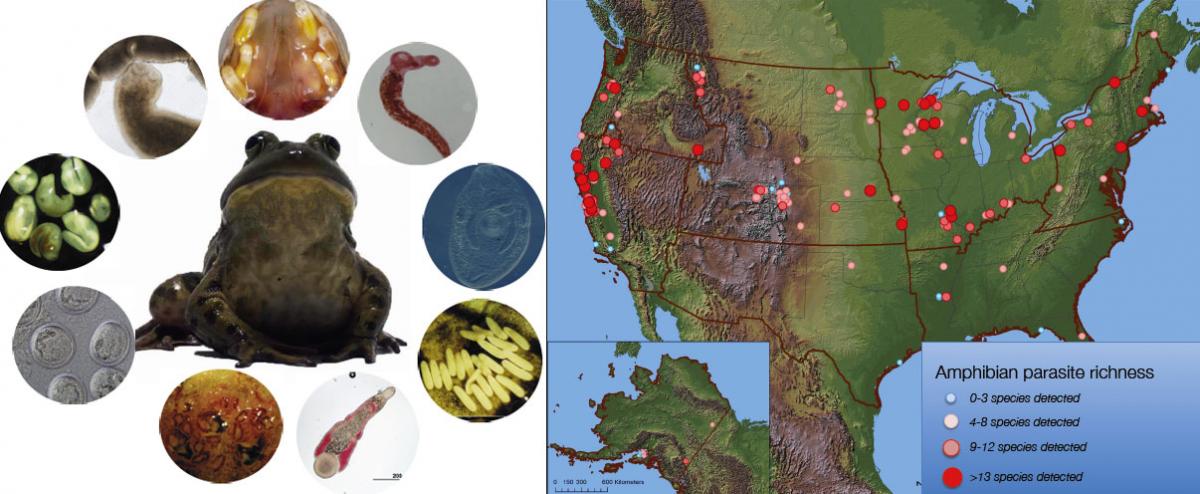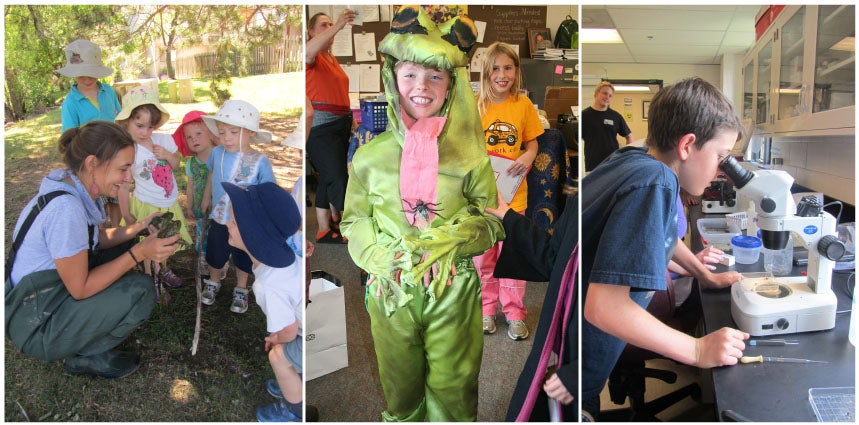Check out our other projects!
Interested in learning more about the Johnson Lab? Find out more about specific projects by checking out our other websites. If you would like to support future research, click the link below to make a donation to the Johnson Lab.




